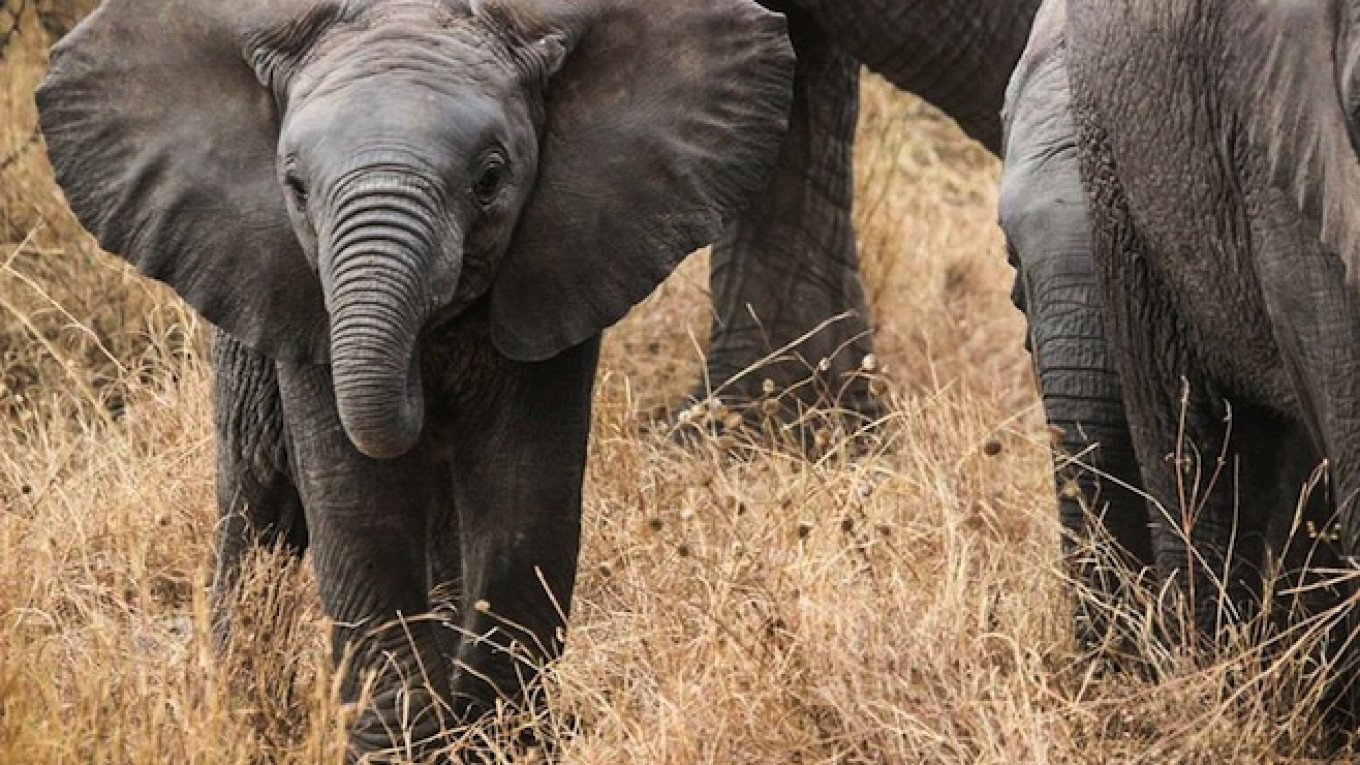Imagine the surprise of learning you have adopted an animal like an ostrich or a penguin as a gift. You could with the Adopt an Animal program at the Moscow Zoo.
Launched in 1996, the scheme allows any person or organization to become the guardian of an animal that they like or get an adoption certificate as a present for friends and colleagues.
Some 7,000 animals kept in the Moscow Zoo and sanctuary are available to choose from.
"You can adopt any animal from an ant to an elephant," said Moscow Zoo press officer Olga Vainshtok.
To become a guardian, a person or organization must make a donation agreement with the zoo.
According to the agreement, the guardian pays for an animal's feeding and care. The cost of daily care is 50 percent of the feeding costs. The agreement lasts for a year, but can be prolonged if desired.
For example, polar bear lovers will have to spend around 730,000 rubles ($13,700) a year on food and 365,000 rubles ($6,900) to provide care for their adoptee. At the other end of the scale, a guinea pig demands no more than five thousand rubles ($95) a year.
"Among the most expensive animals to adopt are elephants," said Adopt an Animal program manager Natalya Lukina.
Living in captivity, elephants can consume up to 150 kilograms of food every day. Meat-eating tigers, lions and other predators are also very expensive.
Companies often adopt the animals on their logos or names. The White Fang veterinary clinic adopted a wolf, the Japanese company Omron is caring for a Japanese crane, and the Australian Embassy is the guardian of a kangaroo.
Lab Projects company, also a kangaroo patron, chose the animal because of its color.
"Gray and orange are corporate colors of our company," said Lab Projects director Vadim Ageyev. He found out about the adoption program on the Moscow Zoo's website. "We decided to support the animal, especially considering the small amount of money. By agreement with the zoo we put up a sign with the name of our organization."
The daily feeding and care cost of a kangaroo is 115 rubles ($2). Lab Projects donates around 42,000 rubles ($790) a year to support their adoptee.
A guardian can get a plaque with their name or the name of his company put on the cage of an adopted animal. Some see that as a way to promote their business. Others have different motives.
"We once received a big donation, but the person asked not to disclose his name," said Vainshtok.
Seventy-eight animals are currently being sponsored by individuals or organizations. The choice of animal is above all based on personal preferences and financial capacities of the guardian. Among the most popular ones are owls and raccoons. Animals that are generally popular, especially on the Internet, are always in demand for adoption, according to Vainshtok.
One of the Pallas' cats (also called manuls), the symbol of the Moscow Zoo, was adopted by Znak, an education center.
"The adoption of a manul was my personal initiative," said head teacher Yekaterina Bozhedomova.
The school often has zoology classes with children at the zoo. "One day we noticed the plaques with names of guardians on some of the animals' cages," she said. The manul didn't have one, so the school decided to take care of the symbol of the zoo," she added.
According to Bozhedomova, the sponsorship is mostly financed from the school's budget, with part of the 76,000 rubles ($1,400) a year needed raised at charity events held twice a year.
Sponsors get a certificate of adoption and the right to visit their animal for free any time they want. The zoo has recently granted some new privileges to benefactors. The patrons will be informed about the birthday of their animals and get a monthly photo report about the life of the adoptee.
The Moscow Zoo program is not unique. Similar schemes run successfully in many zoos all over the world, helping to attract additional funds.
But ticket fees and funding from the city government remain the Moscow Zoo's main sources of income. In summer the number of visitors to the zoo can reach 40,000 a day, according to Vainshtok.
The entrance fee is 400 rubles.
One of the oldest zoos in Europe, the Moscow Zoo celebrated its 150th anniversary last year.
Contact the author at [email protected]
A Message from The Moscow Times:
Dear readers,
We are facing unprecedented challenges. Russia's Prosecutor General's Office has designated The Moscow Times as an "undesirable" organization, criminalizing our work and putting our staff at risk of prosecution. This follows our earlier unjust labeling as a "foreign agent."
These actions are direct attempts to silence independent journalism in Russia. The authorities claim our work "discredits the decisions of the Russian leadership." We see things differently: we strive to provide accurate, unbiased reporting on Russia.
We, the journalists of The Moscow Times, refuse to be silenced. But to continue our work, we need your help.
Your support, no matter how small, makes a world of difference. If you can, please support us monthly starting from just $2. It's quick to set up, and every contribution makes a significant impact.
By supporting The Moscow Times, you're defending open, independent journalism in the face of repression. Thank you for standing with us.
Remind me later.






